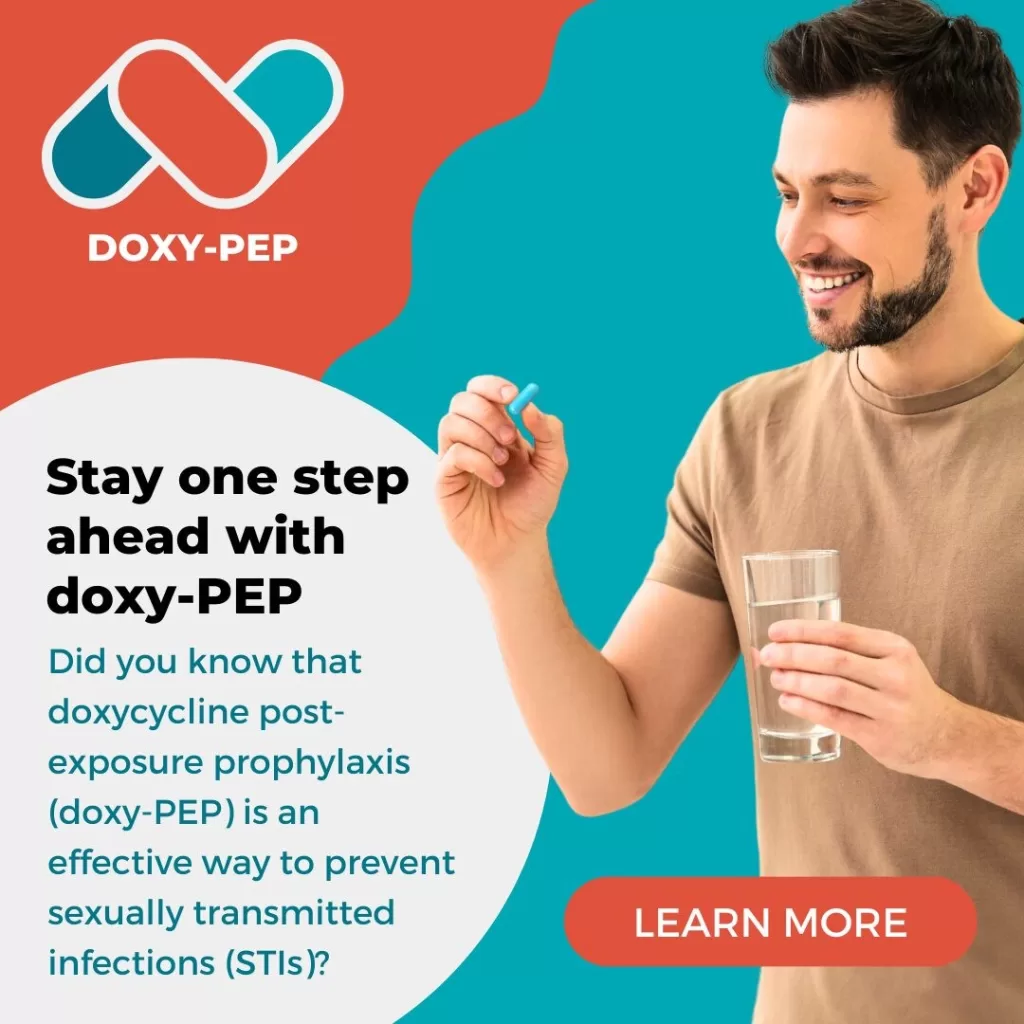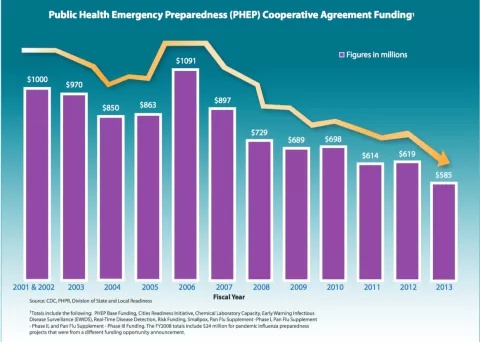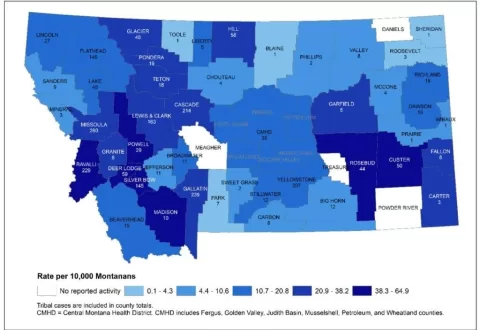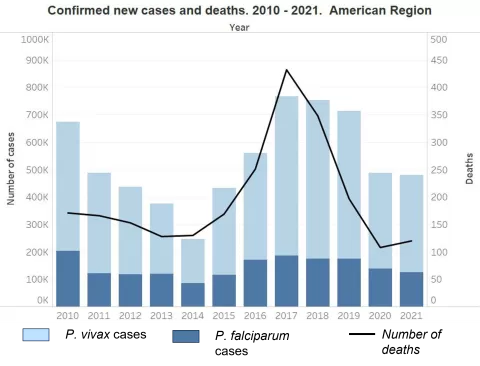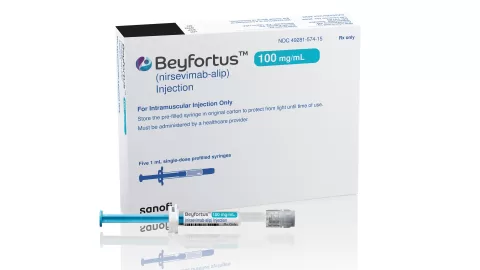Doxycycline post-exposure prophylaxis (doxy PEP) emerges as a groundbreaking preventive measure amid rising concerns about sexually transmitted infections (STIs). The latest CDC guidelines advocate for its use, particularly among high-risk populations such as gay, bisexual, and transgender individuals, to combat syphilis, gonorrhea, and chlamydia. With a striking effectiveness underscored by clinical trials, doxy PEP represents a critical innovation in STI prevention, pursuing a reduction in bacterial infections rates soaring in the past decade. Aligning with comprehensive sexual health strategies, the implementation of doxy PEP not only emphasizes the importance of STI screening and vaccination but also brings to attention the ongoing challenge of antibiotic resistance. As the fight against STIs evolves, embracing doxy PEP presents a hopeful avenue to safeguard sexual health and enhance community wellness.
Doxy PEP, also recognized as doxycycline post-exposure prophylaxis, is part of a strategic initiative to curb the epidemic of sexually transmitted diseases. This preventive treatment is particularly vital for key demographics at heightened risk of STIs, guiding health professionals in addressing the urgent need for effective intervention. As public health evolves, terms such as preventive antibiotic regimen and STI management highlight creative solutions to foster sexual well-being. The breadth of STI prevention strategies runs parallel to the pressing concerns around antibiotic resistance, urging a balanced approach to treatment options. With the Centers for Disease Control and Prevention (CDC) leading these guidelines, the conversation around innovative STI treatments is gaining vital momentum.
Understanding Doxycycline Post-Exposure Prophylaxis (PEP)
Doxycycline post-exposure prophylaxis (doxy PEP) is emerging as a critical strategy in sexual health management, particularly for at-risk populations. The CDC’s recent guidelines recommend doxy PEP for gay, bisexual men, and transgender women with a history of bacterial STIs. This regimen involves taking a 200 mg dose of doxycycline within 72 hours after potential exposure to an STI. By integrating this proactive approach, the public health community aims to curb the increasing rates of syphilis, gonorrhea, and chlamydia noted across the United States.
The impressive efficacy rates reported in trials underscore the promise of doxy PEP. Research indicates reductions in STI incidence by up to 88% for chlamydia and 87% for syphilis when doxycycline is administered as directed. By aligning doxy PEP with comprehensive STI prevention strategies involving regular screening, counseling, and PrEP linkage, healthcare providers can enhance overall sexual health outcomes within targeted communities.
Frequently Asked Questions
What is doxycycline PEP and how does it fit into CDC guidelines for STI prevention?
Doxycycline post-exposure prophylaxis (doxy PEP) is a preventive antibiotic regimen recommended by the CDC to help reduce the risk of sexually transmitted infections (STIs) such as syphilis, gonorrhea, and chlamydia. Following careful assessment and shared decision-making, the CDC advises healthcare providers to offer doxy PEP to gay, bisexual, and other men who have sex with men (MSM), as well as transgender women with a history of bacterial STIs within the last year.
How effective is doxycycline PEP according to clinical trials?
Clinical trials have shown that doxy PEP can significantly reduce the incidence of STIs. For instance, studies indicated that taking 200 mg of doxycycline within 72 hours of condomless sex resulted in an 88% reduction in chlamydia, 87% in syphilis, and 55% in gonorrhea among at-risk groups. This high efficacy marks doxy PEP as a notable advancement in STI prevention.
What are the recommended guidelines for administering doxycycline PEP?
The CDC recommends that doxycycline PEP be taken as a single dose of 200 mg within 72 hours after potential exposure to STIs through oral, vaginal, or anal sex. It is important that this prophylaxis is part of a comprehensive sexual health strategy, including risk reduction counseling and regular STI screening.
What concerns are associated with doxycycline PEP, particularly regarding antibiotic resistance?
One significant concern regarding doxy PEP is the potential for increased antibiotic resistance. Continuous use of doxycycline, a broad-spectrum antibiotic, could contribute to resistance in bacterial pathogens, particularly Neisseria gonorrhea and Staphylococcus aureus. The CDC is monitoring these implications closely and is prepared to adjust guidelines as new information and data on antibiotic resistance becomes available.
Who should consider using doxycycline PEP according to the CDC guidelines?
According to the CDC guidelines, doxy PEP should be considered for gay, bisexual, and other men who have sex with men (MSM) and transgender women with a history of at least one bacterial STI in the past 12 months. These groups are identified as having a higher risk of STIs and would benefit most from this preventive measure.
How will the CDC monitor the impact of doxycycline PEP on STI rates and antibiotic resistance?
The CDC plans to leverage existing data systems to track the use of doxy PEP, analyze its effects on bacterial STI rates, monitor doxycycline prescribing patterns, and assess trends in antimicrobial resistance. This vigilance aims to ensure that the benefits of doxy PEP are maximized while minimizing potential long-term risks.
| Key Aspects | Details |
|---|---|
| Guideline Release | CDC released guidelines for using doxycycline as post-exposure prophylaxis (PEP) to prevent STIs. |
| Target Population | Recommendations are primarily for gay and bisexual men, other MSM, and transgender women with a history of STIs in the past year. |
| Efficacy | Doxy PEP reduced STI incidence by 88% for chlamydia, 87% for syphilis, and 55% for gonorrhea among high-risk populations. |
| Dosage Instructions | The recommended dose is 200 mg of doxycycline within 72 hours after potential exposure, not to exceed this dosage within 24 hours. |
| Complementary Measures | Recommended in conjunction with risk reduction counseling, STI screening, and linkages to PrEP. |
| Antibiotic Resistance Concerns | Potential risks of doxy PEP include long-term antibiotic resistance, particularly in Neisseria gonorrhea. |
| Need for Innovation | Doxy PEP is the first new STI prevention tool in decades amidst rising STI rates in the US. |
Summary
Doxycycline PEP represents a groundbreaking advancement in the prevention of sexually transmitted infections (STIs), specifically targeting high-risk populations such as MSM and TGW. With demonstrated efficacy in reducing the incidence of major STIs and emphasizing the importance of a comprehensive sexual health approach, these new CDC guidelines offer promising strategies to combat the rising rates of STIs. As public health continues to evolve, the careful implementation of doxycycline PEP could play a pivotal role in addressing the urgent need for effective STI prevention methods.
The content provided on this blog (e.g., symptom descriptions, health tips, or general advice) is for informational purposes only and is not a substitute for professional medical advice, diagnosis, or treatment. Always seek the guidance of your physician or other qualified healthcare provider with any questions you may have regarding a medical condition. Never disregard professional medical advice or delay seeking it because of something you have read on this website. If you believe you may have a medical emergency, call your doctor or emergency services immediately. Reliance on any information provided by this blog is solely at your own risk.



